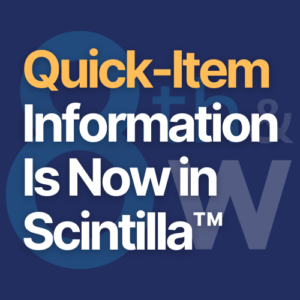 Walmart’s fresh suppliers face a special challenge: throwaways. Fortunately, Retail link has a report for that.
Walmart’s fresh suppliers face a special challenge: throwaways. Fortunately, Retail link has a report for that.
Because Walmart and Sam’s Club use different accounting systems, you’ll find the information in different places in the Retail Link reports.
At Sam’s Club, you can run a Throwaway Report to identify throwaways. Walmart Retail Link reports have a separate category for throwaways in the Markdown Events Report. (These reports are covered in 8th & Walton’s Power Reporting class.)
Any perishables that arrive at the store damaged, lose freshness while in the store, or go past their sell-by date will be included in throwaways. Throwaways tend to turn up most often in meat, produce, or bakery.
It’s rare to have no throwaways in these categories, but identifying the exact quantity of throwaways through your Retail Link reports will help your company to reduce waste and loss of fresh goods.
First, identify and track the amount of throwaways to see the typical pattern for your company. If the number is fairly steady, then you can just use it as the number to beat.
However, if there are spikes in the amount of throwaways or if there are significant differences from one store or one region to another, you have the starting point for some investigation in your supply chain.
Either way, a trip along the supply chain is in order. Find the potential opportunities for improvement at each step along the way. Here are some common loss points for fresh foods:
- Overplanting to ensure that orders can be filled can lead to surplus produce in the field, while underplanting to avoid this can lead to less culling before delivery and potentially more throwaways in the store.
- Packaging choices can increase or decrease the chances of damage and waste.
- Improper maintenance of vehicles can lead to inconsistent refrigeration during transit.
- Delays that leave fresh foods on the loading dock too long can result in inconsistent refrigeration and shorten shelf life.
- Poor forecasting can result in overstock of perishable goods, increasing the chances of markdowns as well as throwaways.
Identifying the points of opportunity in the supply chain and implementing changes that improve forecasting and supply chain efficiency along the way can bring the amount of throwaways down. Keep watching the number in your Retail Link reports and working to decrease it.
Less wasted food means increased profits. It also means less wasted food. In a world where so many people go hungry, this is a worthwhile goal in and of itself. Suppliers don’t have complete control over throwaways — retail execution is also part of the equation — but forecasting and supply chain optimization can help reduce the amount of throwaways.



